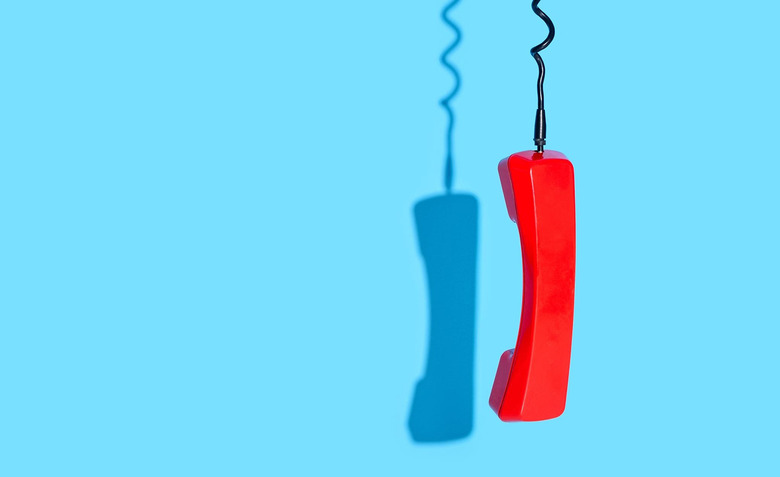AT&T And Comcast Are Actually Working Together To Stop Robocalls
It's been said that war makes strange bedfellows, and now we can say the same thing about the out-of-control problem of robocalls and spam calls that bombard all of our phones day-in, day-out. Normally, AT&T and Comcast are competing telecommunications giants, but in the case of the anti-robocall fight, they've come together to announce what may be a first-of-its-kind triumph — the ability to authenticate calls made across both companies' networks.
That paves the way for both AT&T and Comcast to start offering call authentication between the two networks to customers later this year. Letting customers, in other words, see verified calls not only when they originate from within their network but also from outside it.
AT&T today announced that the successful test leading to this breakthrough was conducted on March 5 on phones used on both companies' consumer networks. It was done across AT&T Phone's digital home service and Comcast's Xfinity Voice home phone service, and the calls were authenticated via the industry's SITR/SHAKEN protocol. That standard lets consumers know if an incoming call is really coming from the number listed on the caller ID.
Developments like these can't come soon enough for some people — including AT&T's CEO himself, Randall Stephenson, who was appearing at The Economic Club of Washington D.C. today and actually got interrupted by a robocall. You can watch him decline the call on his Apple Watch below, incredulously letting people know he was getting interrupted by one of these calls:
AT&T CEO Randall Stephenson gets a robocall while onstage at @TheEconomicClub. pic.twitter.com/i5llHj6hz2
— CSPAN (@cspan) March 20, 2019
According to AT&T, other major service providers are going to be conducting similar cross-service tests in the coming months — likewise verifying that they can use the STIR/SHAKEN standard to verify calls from outside their network. Speaking of that industry protocol, AT&T and Comcast also jointly chair the working group that's developing technical standards for it.
Beyond that, carriers like AT&T also deploy a variety of their own solutions to keep customers protected from as many of these spam and robocalls as possible. In AT&T's case, that includes free and automatic in-network systems that ID or block billions of unwanted or illegal robocalls, with no download or action needed on the customer's part. AT&T offers additional layers of protection, such as its AT&T Call Protect app that's also available by going to your account settings on myAT&T and turning it on. When you download the app, you can create a personal blocked number list.
As an indication of the greater awareness the general public has begun giving to this issue, John Oliver devoted part of his HBO show Last Week Tonight in recent days to the topic of robocalls. As of mid-day Wednesday, almost 6 million people have watched the clip of that segment posted to YouTube, in which Oliver talks about an automated call his show put together that would keep ringing each FCC commissioner every hour and a half:
